Welcome to the latest edition of our regional artists series. This week we are heading to Wales to explore the history and influence of Welsh artists. If you are interested in learning more about British artists, please see our previous articles on Cumbria, Scotland, Kent, Cornwall and The Cotswolds.
 Above: a watercolour landscape of Chepstow in Wales by John Scarlett Davis, 1834
Above: a watercolour landscape of Chepstow in Wales by John Scarlett Davis, 1834
Thomas Barker (1769-1847)
Born to a barrister who had an interest in oil painting, Thomas Barker grew up in Trosnant near Pontypool, Monmouthshire. Barker showed a strong artistic talent from an early age and later went on to copy many of the Dutch and Flemish masters. Much of his later rustic scenes were inspired by the landscapes of Thomas Gainsborough.
A prolific artist, Barker was a member of the Royal Academy for close to fifty years, exhibiting nearly one hundred artworks in his time there. Barker’s genre paintings of pastoral life were extremely popular and copied onto numerous goods in the early to mid 19th century, including textiles, pottery and porcelain. In 1813, Barker became the first British artist to publish a series of lithograph prints.
 Above: a detail from Macbeth and the Witches by Thomas Barker, 1830
Above: a detail from Macbeth and the Witches by Thomas Barker, 1830
John Gibson (1790-1866)
Born near Conwy, John Gibson grew up in Wales before his family moved to Liverpool. Although he originally trained in cabinet making, Gibson’s artistic talent was noticed by Samuel and Thomas Franceys who took him on as an apprentice in monument masonry. After studying anatomy and the classical sculptures of Greece and Rome, his work was soon noticed by influential patrons. One of Gibson’s most famous works is of ‘Queen Victoria supported by Justice and Clemency’, designed for the Houses of Parliament in 1857.
 Above: various sculptures by John Gibson
Above: various sculptures by John Gibson
Richard Wilson (1714-1782)
From the village of Penegoes in Montgomeryshire, Richard Wilson was an influential artist in the genre of landscape painting. Although he began his career as a portrait artist, after seven years in Italy his attention turned to landscapes.
In 18th century Britain, landscape painting was not often practised as a genre in its own right, ignored in favour of academic subjects and portraiture. Richard Wilson and fellow artist George Lambert are now recognised as pioneers in this movement. Wilson’s work would go on to influence the likes of Turner and Constable. Welsh landscape artist Thomas Jones (1742-1803) was a pupil of Wilson.
 Above: a detail from Solitude by Richard Wilson, 1762-70
Above: a detail from Solitude by Richard Wilson, 1762-70
Margaret Lindsay Williams (1888-1960)
Originally from Cardiff, Margaret Lindsay Williams grew up in Barry before returning to attend the Cardiff School of Art. Winning several gold medals early in her career, she was the youngest member of the Royal Academy School and first Welsh student to receive such recognition.
During the first world war, Williams pursued the role of official war artist, asking the prime minister to follow the Welsh soldiers in France. She was turned down for being a woman. However, Williams did go on to produce many artworks in this period to benefit the Welsh regiments. Later in her career, Margaret Lindsay Williams went on to become a portrait artist for the royal family and several famous figures including a US president and Henry Ford. She completed at least five portraits of Queen Elizabeth II, as well as George V and Queen Mary.
 Above: portraits by Margaret Lindsay Williams and a photograph of the artist with her work
Above: portraits by Margaret Lindsay Williams and a photograph of the artist with her work
Frances Waddington Bunsen (1791-1876)
Originally from Berkshire, Bunsen’s sister married Benjamin Hall, 1st Baron Llanover and so the family went to live in “Tŷ Uchaf” in Llanover, Monmouthshire. A talented watercolour artist, her landscapes often depict Welsh scenery. Bunsen later moved to Italy, where she lived for 21 years as a hostess of the great intellectuals and artists of the 19th century.
Gwendolen Mary John (1876-1939)
From Haverfordwest, Gwen John was a painter who spent much of her career in France. Her brother, Augustus Edwin John was also an artist. After studying at the Slade School of Art, John journeyed abroad with a friend, where they became part of the inner circle of Parisian artists.
Whilst living in the French capital, John would become friends with the likes of Matisse and Picasso, as well as modelling for her lover, Auguste Rodin. The majority of John’s works are portraits and there are only 58 known oil paintings by her in existence today. Small in composition, these paintings rarely exceed 24 inches.
 Above: a detail from The Nun by Gwen John, 1915-20
Above: a detail from The Nun by Gwen John, 1915-20
Augustus Edwin John (1878-1961)
Born in Tenby, Augustus John was considered to be one of the most talented draughtsmen of his generation, appearing on the cover of Time Magazine in 1928. After spending time in the south of France, John became fascinated with the Romani travellers – choosing to travel in a caravan himself with his wife, mistress and children. During his career, many socialites and influential figures commissioned portraits, including W.B. Yeats, Aleister Crowley, Thomas Hardy, Tallulah Bankhead and George Bernard Shaw.
John Downman (1750-1824)
John Downman was a painter from Ruabon, Denbighshire, specialising in portraiture as well as literary and mythological scenes. After studying under the second president of the Royal Academy, Benjamin West, Downman travelled to Italy with Joseph Wright of Derby and Richard Hurleston to study the old masters. Between 1769 and 1819, Downman exhibited 148 works at the Royal Academy.
 Above: watercolour portraits by John Downman, 1780s
Above: watercolour portraits by John Downman, 1780s
Mary Dillwyn (1816-1906) and John Dillwyn Llewelyn (1810-1882)
Mary Dillwyn is credited as being the first female photographer in Wales, her brother John Dillwyn Llewelyn also experimented with new techniques in the genre. The majority of Mary and John’s photographic collection were in the form of calotypes or wet collodion, taken in the 1840s and 1850s.
Mary’s images stand out as they were taken on a much smaller camera than her male counterparts, due to this they had a faster exposure time and were able to capture spontaneous moments. John was a founding member of the Royal Photographic Society, his wife’s first cousin was the inventor of new photographic techniques such as the calotype process, inspiring him to practise the innovative methods throughout his images as soon as they were developed.
 Above: portrait of the photographer’s daughter Thereza surrounding with maidenhair fern by John Dillwyn Llewelyn, 1853-56
Above: portrait of the photographer’s daughter Thereza surrounding with maidenhair fern by John Dillwyn Llewelyn, 1853-56
How can we help?
If you have any questions regarding art restoration, our team is always happy to help. Email us via [email protected] or call 0207 112 7576

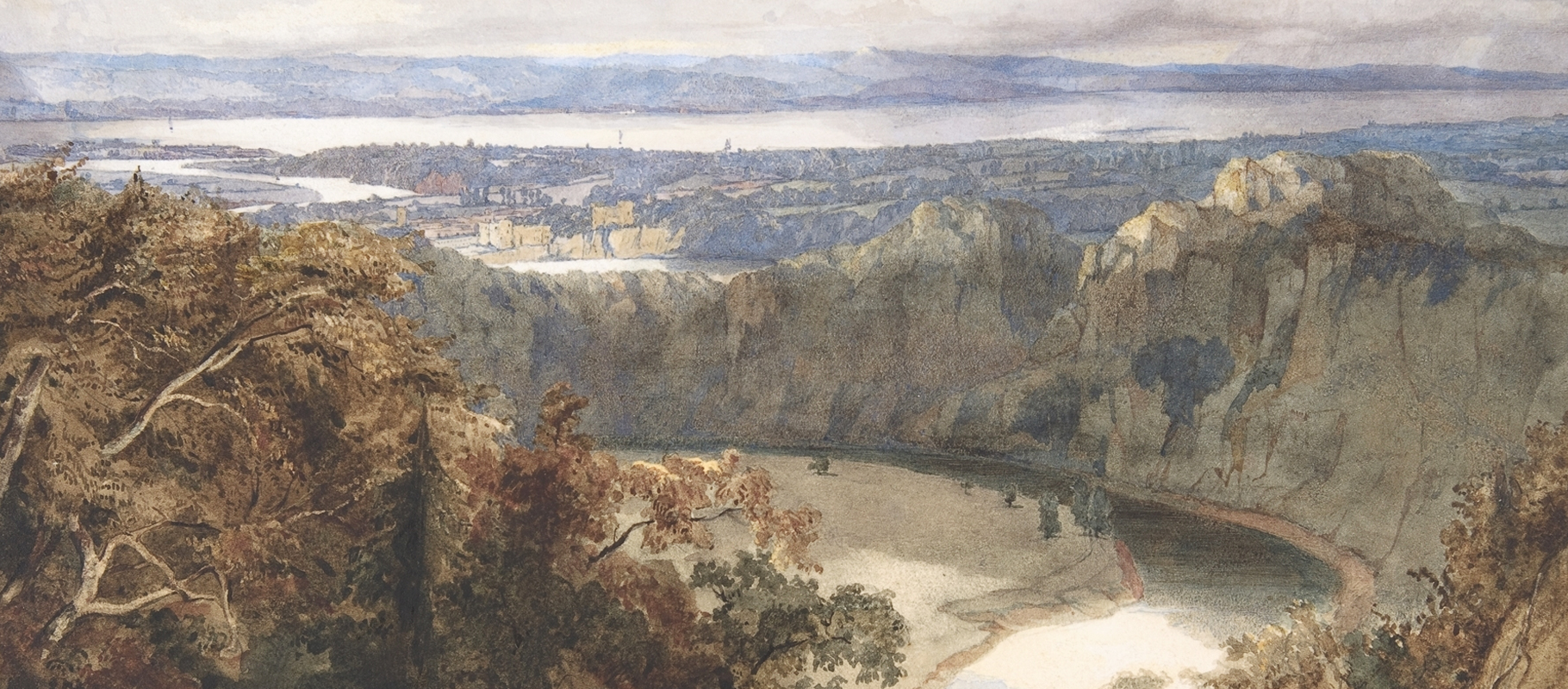 Above: a watercolour landscape of Chepstow in Wales by John Scarlett Davis, 1834
Above: a watercolour landscape of Chepstow in Wales by John Scarlett Davis, 1834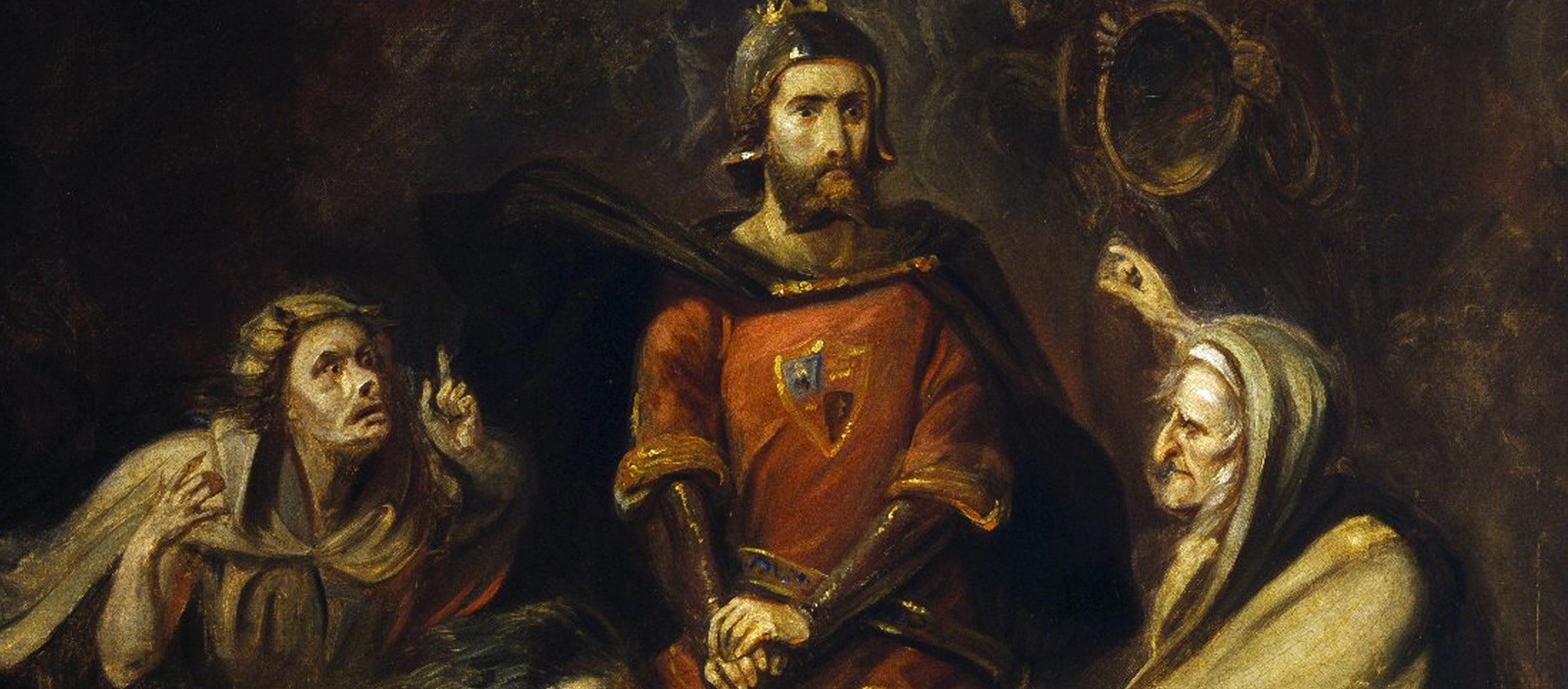 Above: a detail from Macbeth and the Witches by Thomas Barker, 1830
Above: a detail from Macbeth and the Witches by Thomas Barker, 1830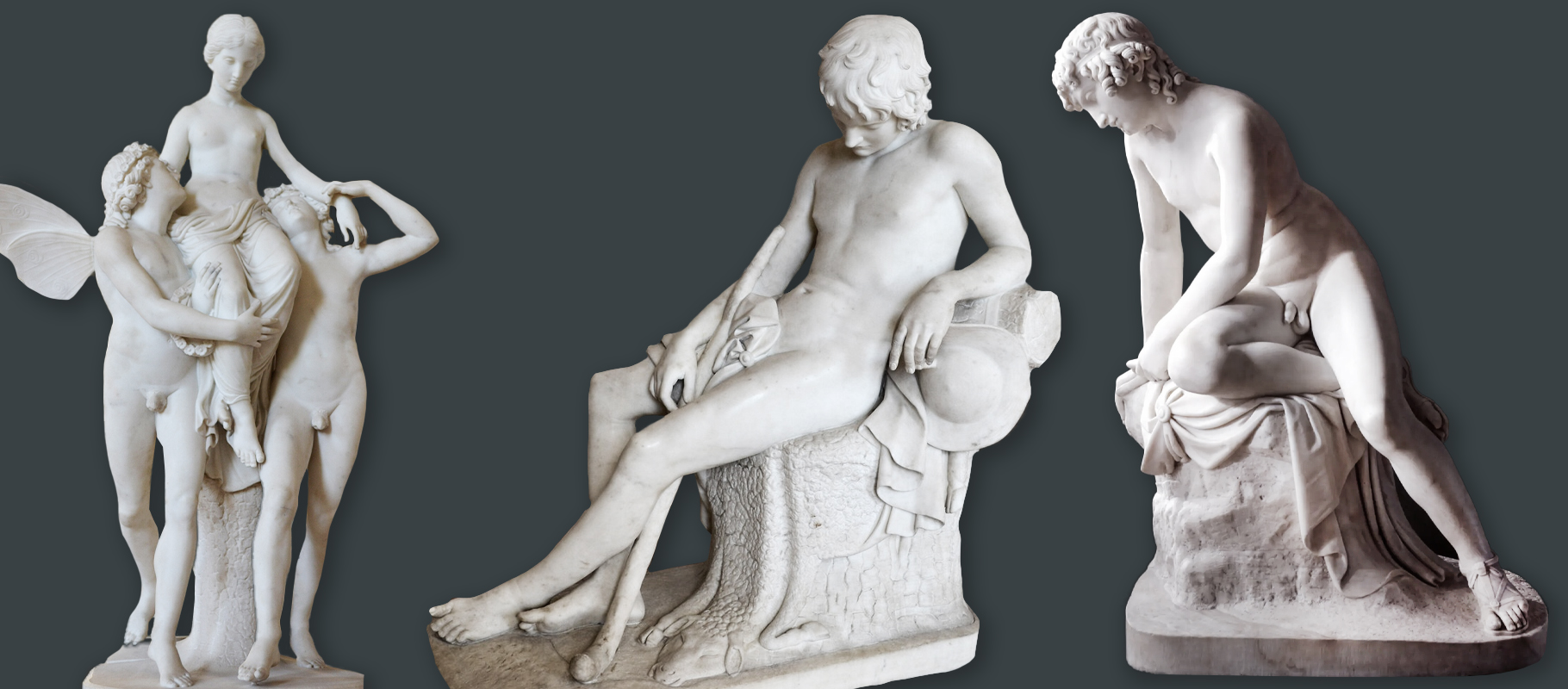 Above: various sculptures by John Gibson
Above: various sculptures by John Gibson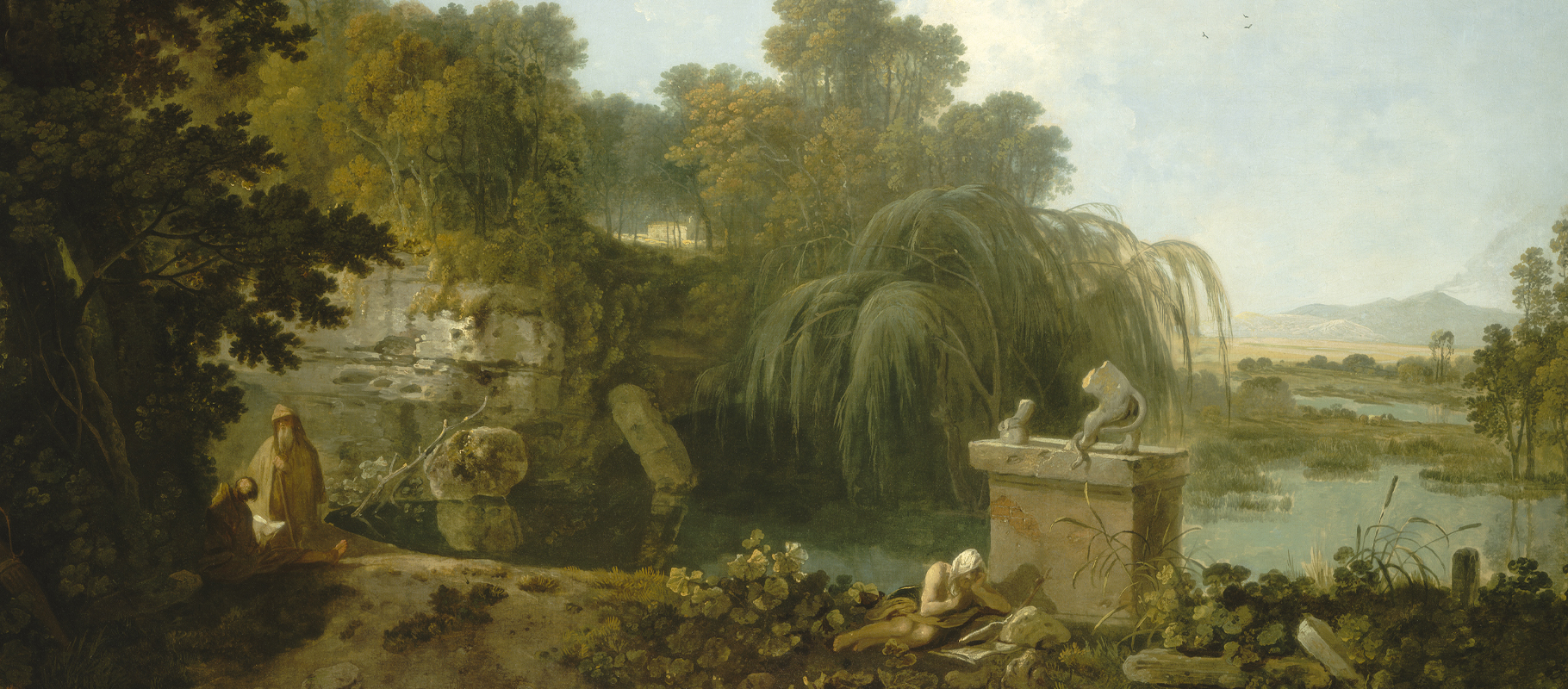 Above: a detail from Solitude by Richard Wilson, 1762-70
Above: a detail from Solitude by Richard Wilson, 1762-70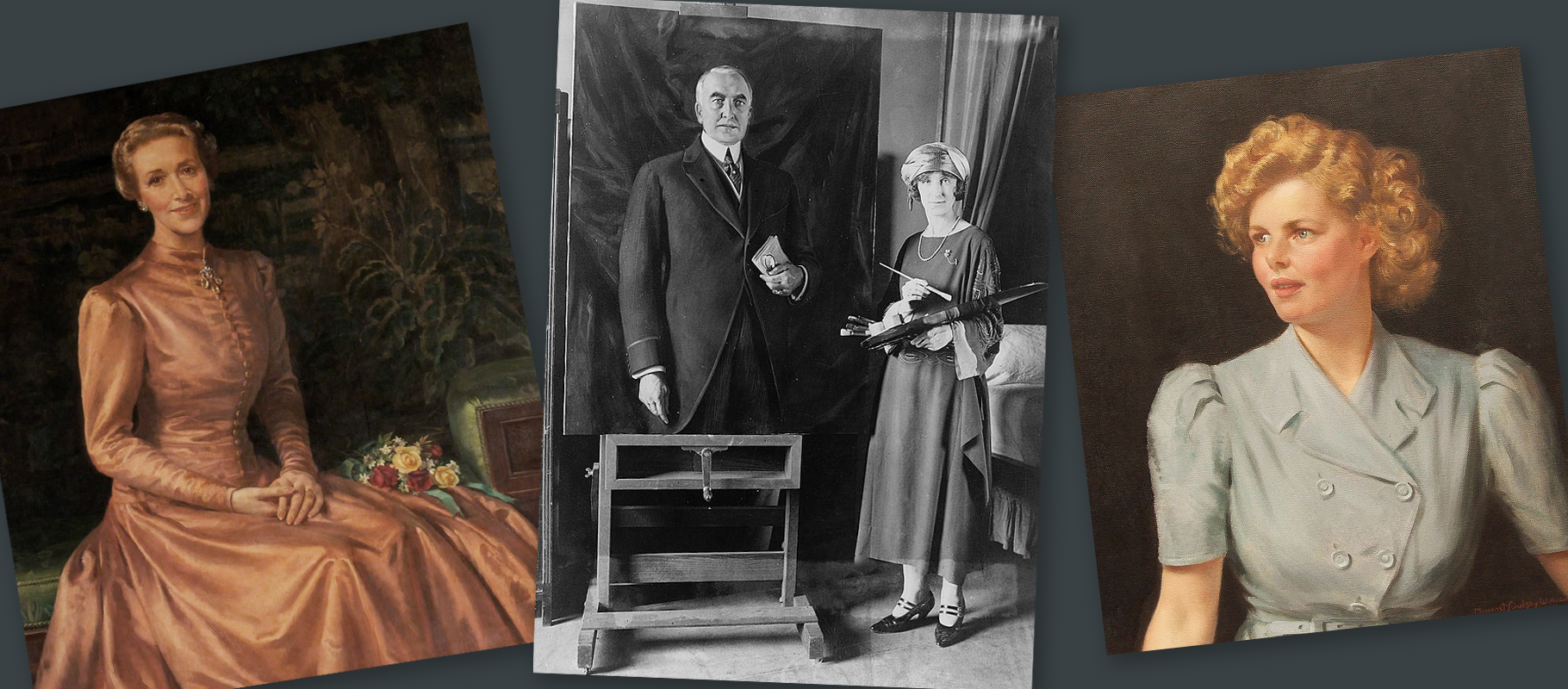 Above: portraits by Margaret Lindsay Williams and a photograph of the artist with her work
Above: portraits by Margaret Lindsay Williams and a photograph of the artist with her work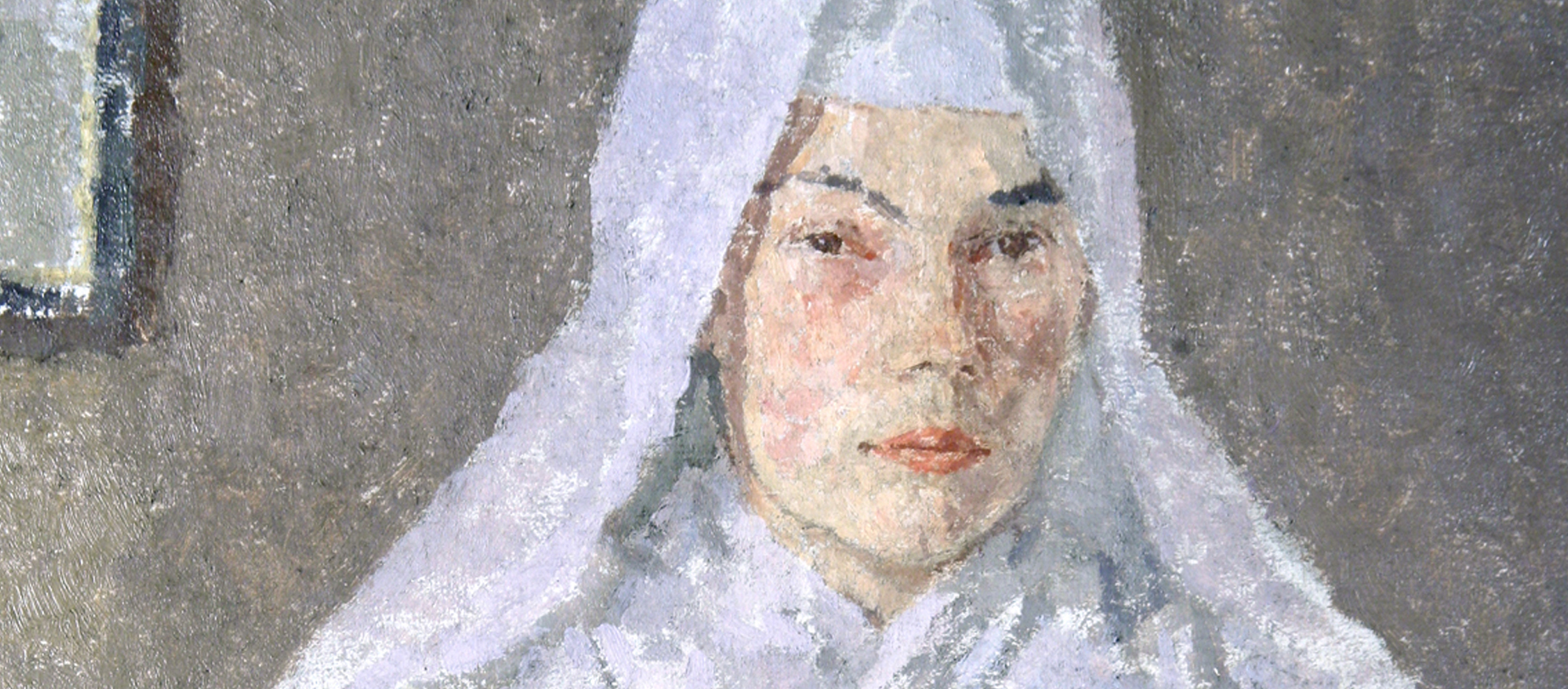 Above: a detail from The Nun by Gwen John, 1915-20
Above: a detail from The Nun by Gwen John, 1915-20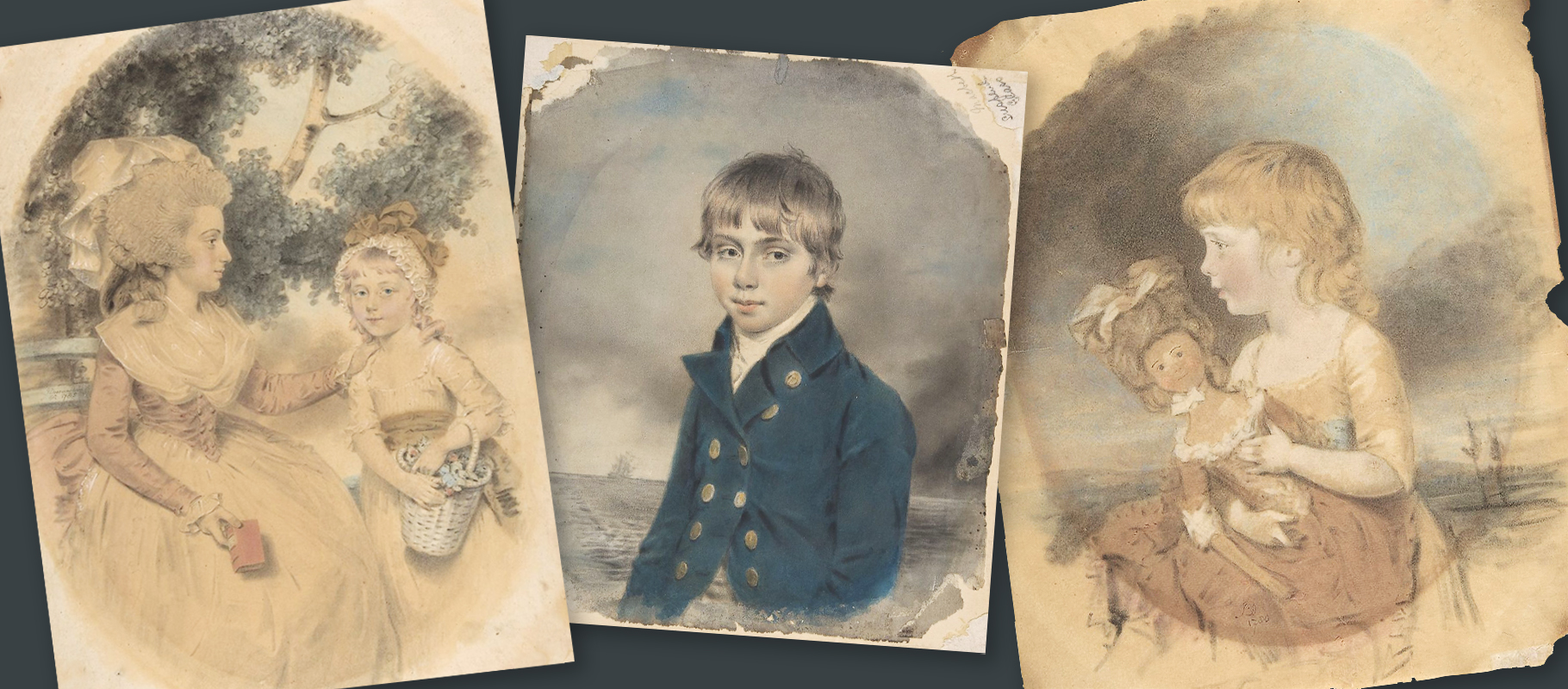 Above: watercolour portraits by John Downman, 1780s
Above: watercolour portraits by John Downman, 1780s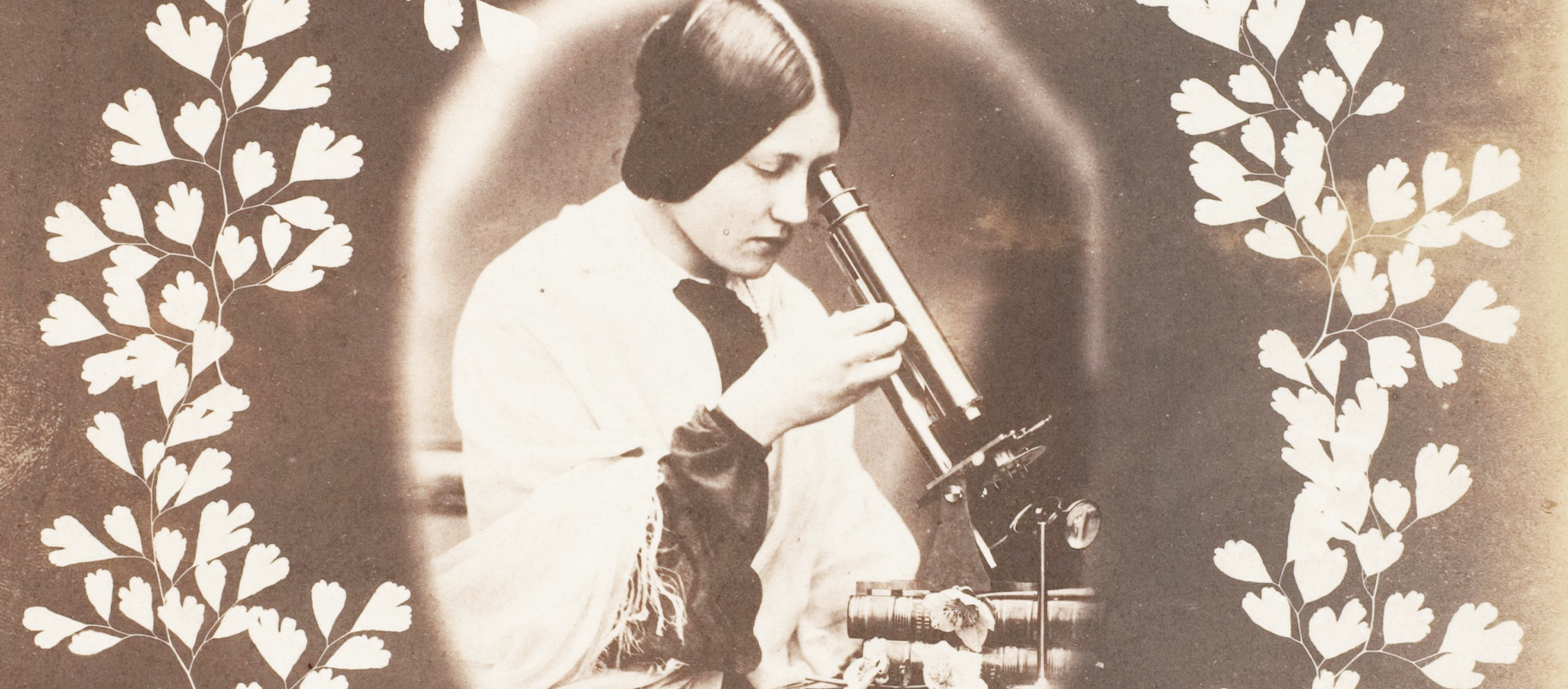 Above: portrait of the photographer’s daughter Thereza surrounding with maidenhair fern by John Dillwyn Llewelyn, 1853-56
Above: portrait of the photographer’s daughter Thereza surrounding with maidenhair fern by John Dillwyn Llewelyn, 1853-56




